Includes updates for CM 8.13.0-1.
This article describes how to upgrade an existing Podman Quadlets Installation of Smart ID Certificate Manager (CM).
Sequential upgrade process
You must upgrade the database schema and configuration files for each intermediary version. All the necessary database schema and configuration file changes for the intermediary versions are supplied in the distribution zip of the target version, so there is no need to download the distribution zips for the intermediary versions separately.
Example:
Starting upgrade from 8.10.0, you must upgrade the database schema and configuration files to 8.11.0 and thereafter to 8.12.0, using the supplied files in the distribution zip for 8.12.0.
Prerequisites
-
Quadlet installation of Certificate Manager (CM) installed with version CM 8.10.x.
-
Podman version 4.9.4 or later.
-
Administrator's Workbench, Registration Authority, and Certificate Controller clients from CM distributable package.
-
Access to the new version's distributable package including updated container images ,database migration scripts and configuration files.
Step-by-step instruction
1. Pre-upgrade preparations
-
Ensure database accessibility
Verify that the database is accessible and functioning properly before proceeding:Bashpodman exec -ti <cf-server-container-name> bash # Use JDBC or other database tools to test the connection -
Stop all running containers
Use the following commands to stop the running containers:Bashsystemctl --user stop cf-server systemctl --user stop pgw -
Backup the database.
As part of the backup, make sure to backup thecmdbdatabase, please refer to the relevant database documentation for this step. -
Verify that the container is stopped
Check that all containers are stopped:Bashpodman ps --allEnsure no containers from the previous deployment are running.
-
Backup Volumes (optional but highly recommended)
If something goes wrong, the backup can be restored, and the system can return to its previous state.
Volumes that should be backed up are certs, config, bin and any relevant volume to your installation.-
Locate the volumes using:
Bashpodman volume listExample (name can change but should contain (
cf-server):Bash> podman volume list local systemd-cf-server-certs local systemd-cf-server-config local systemd-cf-server-bin local systemd-pgw-config-tomcat local systemd-pgw-config-gw -
Locate the Mountpoint on host:
podman volume inspect <volume-name>Example:
Bash> podman volume inspect systemd-cf-server-certs [ { "Name": "systemd-cf-server-certs", "Driver": "local", "Mountpoint": "/home/azureuser/.local/share/containers/storage/volumes/systemd-cf-server-certs/_data", "CreatedAt": "2024-06-20T07:25:01.386573664Z", "Labels": {}, "Scope": "local", "Options": {}, "MountCount": 0, "LockNumber": 4 } ] -
Back up the Mountpoint.
-
-
Unzip the distribution.
2. Load new container images
-
Import new images
Load the new container images using:Bashpodman image load --input certificate-manager-<version>/images/cf-server-image-<version>.tar podman image load --input certificate-manager-<version>/images/pgw-image-<version>.tar -
Verify the images
Ensure the new images are loaded correctly:Bashpodman imagesConfirm the tags and versions of the new image.
3. Update Quadlet configuration
-
Locate the
cf-server.containerandpgw.containerused for the previous installation.
The following command displays the path of the files.containerunder theLoadedattribute.systemctl --user status cf-server systemctl --user status pgwExample
> systemctl --user status cf-server × cf-server.service Loaded: loaded (/home/azureuser/.config/containers/systemd/cf-server.container; generated) ... -
Modify configuration
Modify the Image Name and tag to the new Image in the cf-server.container and pgw.container files. -
Reload systemd daemon
Reload the systemd daemon to apply the changes:Bashsystemctl --user daemon-reload
4. Upgrade database and configuration files
Example
To upgrade from 8.10.0 to 8.13.0, use the files in the following folders in sequence:
-
Upgrade from CM 8.10.x to 8.11.0
-
Upgrade from CM 8.11.x to 8.12.0
-
Upgrade from CM 8.12.x to 8.13.0
-
Run database scripts (only necessary for cf-server)
The upgrade scripts are stored in the upgrade directory under the distributable.
Execute the database upgrade script towards the database server.Ensure the script ran without errors.
Examplefor postgresql:psql -U lcmreq -d cmdb -f "CMDBUpgrade_PostgreSQL_8_11_0.sql" -
Update the configuration files
Locate the .conf files under the upgrade folder inside the release distribution.Open the .conf files and update the configuration files according to the instructions specified by the .conf file. Upgrade should be done towards the volume Mountpoint.
If the configuration path specified in the .conf file do not map to a volume, changes will automatically be applied hence these files can be ignored.
5. Upgrade Protocol Gateway
Version specific actions for upgrading Protocol Gateway can be found in step 3 of the Upgrade Protocol Gateway page.
Only update configuration files.
6. Restart the containers
-
Start the updated containers
Start the new containers using:Bashsystemctl --user start cf-server systemctl --user start pgwFollowing the logs from startup can be done as follows:
systemctl --user start cf-server;podman logs -f cf-server -
Monitor logs
Check the logs to ensure the containers started successfully:Bashpodman logs -f cf-server podman logs -f pgw
7. Post-upgrade validation
-
Verify connectivity
Test connectivity using Administrator's Workbench and/or Registration Authority clients. -
Verify configuration
Access the container volumes to confirm that the configuration files are correctly applied:Bashpodman exec -ti cf-server bash ls /opt/cm/server/ -
Check database connection
Confirm that the container is successfully connected to the upgraded database. -
Health checks
Enable and test the health check for the Protocol Gateway (pgw):Bashsystemctl --user start pgw podman logs -f pgw
8. Rollback procedure (if needed)
If any issue occurs during the upgrade, you can roll back using the following steps:
-
Stop the new containers
Bashsystemctl --user stop cf-server systemctl --user stop pgw -
Restore volumes
Restore the backed-up volumes. -
Point to the previous images
Point to the old images incf-server.containerandpgw.container. -
Restore database
-
Start the old containers
Restart the containers using the old quadlets:Bashsystemctl --user daemon-reload systemctl --user start cf-server systemctl --user start pgw
9. Troubleshooting
View logs
Use the following command to view container logs for debugging:
podman logs <container-name>
Inspect container configuration
Inspect the container configuration for issues:
podman inspect <container-name>
Access shell in container
Start a shell inside the container for manual troubleshooting:
podman exec -ti cf-server bash
Check systemd status
Check the status of the systemd service:
systemctl --user status cf-server
